St. Jude Heroes Event
August 27th, 2017 by BTC Editor
Chances are, either you or someone you know has been affected by childhood cancer. One of my young, distant cousins passed away from cancer recently, as did the son of one of my co-workers. It breaks my heart to see children suffering from cancer, but thankfully St. Jude Children’s Research Hospital is there to help treat and cure these children and to help support their families during the treatment process.
Families never receive a bill for the treatment their child receives or for their travel expenses, housing or food. This is made possible, in part, by fundraising events like the St. Jude Heroes event in Poplar Bluff, MO that I attended a couple weekends ago, sponsored by Browning Trail Cameras. This is an annual 2-day event featuring a VIP Party, silent auction and meet-and-greet with outdoor celebrities on Day 1 and a benefit archery shoot and silent auction on Day 2.
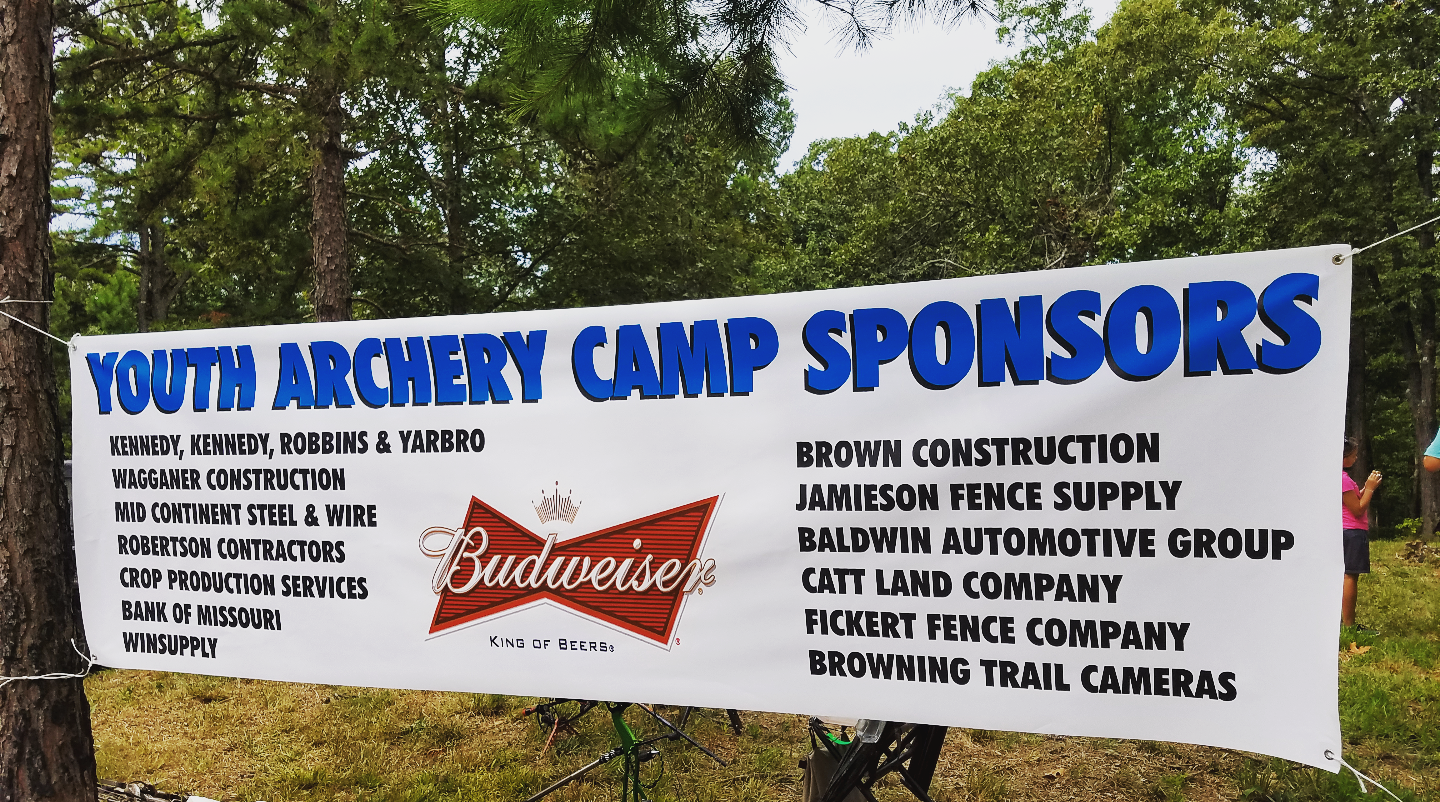
This year the VIP Party included dinner & drinks, live and silent auctions, raffles, a meet-and-greet with outdoor celebrities (including Browning Trail Camera team members Don & Kandi Kisky of Whitetail Freaks, Jon & Gina Brunson of Addicted to the Outdoors, and Derek Dirnberger of The Break TV), and live music from Nate Hosie of Headhunters TV. The best part of the VIP Party was meeting a family that had been affected by and overcome cancer, thanks to St. Jude Children’s Hospital, and listening to their story.
During the VIP Party, there was also a celebrity auction. The outdoor celebrities split up into teams of 2 to compete in a rear-steering tricycle race. Guests had the opportunity to bid on each team and the bidder of the winning team won an AR-15. Don Kisky and Jason Bosaw of the Whitetail Freaks took first place and the proceeds went to St. Jude’s!

Here’s a Boomerang video clip of Jon Brunson competing in the race:
Day 2’s events included a 3D archery range, a pop up range & tournament, free youth archery camps, Cornhole/Horseshoes/Dunking booth and a silent auction all day. The outdoor celebrities also attended the archery shoot on Day 2 to interact with the guests and participate in some of the 3D shoots as well.
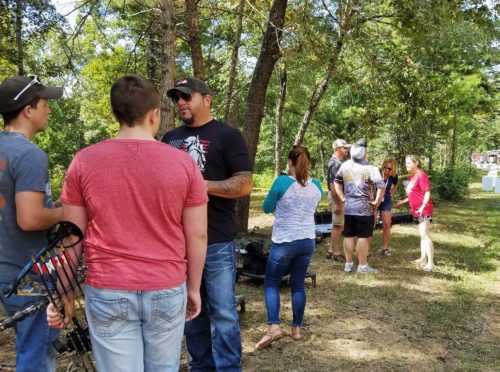
Jon Brunson chatting with guests at the 3-D Archery Shoot on Day 2.
The greatest thing is that ALL of the proceeds from this event go to St. Jude Children’s Research Hospital, and this year the event brought in over $100,000 in donations to St. Jude! We all had so much fun at this event and knowing that it was for such a great cause made it that much better. If you are a hunter, an archer, or if you just have a passion for helping others in need, please plan to attend the St. Jude Heroes event next year in Poplar Bluff, MO and help put an end to childhood cancer!
By Andrea Haas
Andrea Haas is a Pro-Staffer from Missouri who enjoys hunting deer, turkeys, and upland birds. She is also the founder of the Huntress View, an organization formed to help strengthen the ever growing community of women hunters
“Land and Wildlife Field Day”
April 23rd, 2017 by BTC Editor
Making and setting up Wood Duck boxes is not only a great way to get the next generation involved in conservation and wildlife management, it’s an excellent way to gain insight into the nesting and reproduction habits of Wood Ducks, with an ultimate goal of increasing their population. Scott Cronin, a Pro-Staffer from Kentucky, holds an annual event with a local High School called the “Land & Wildlife Field Day”. Junior and Senior High School students in the Wildlife Forestry Programs participate in this field event in which Wood Duck boxes and trail cameras are installed and studied.
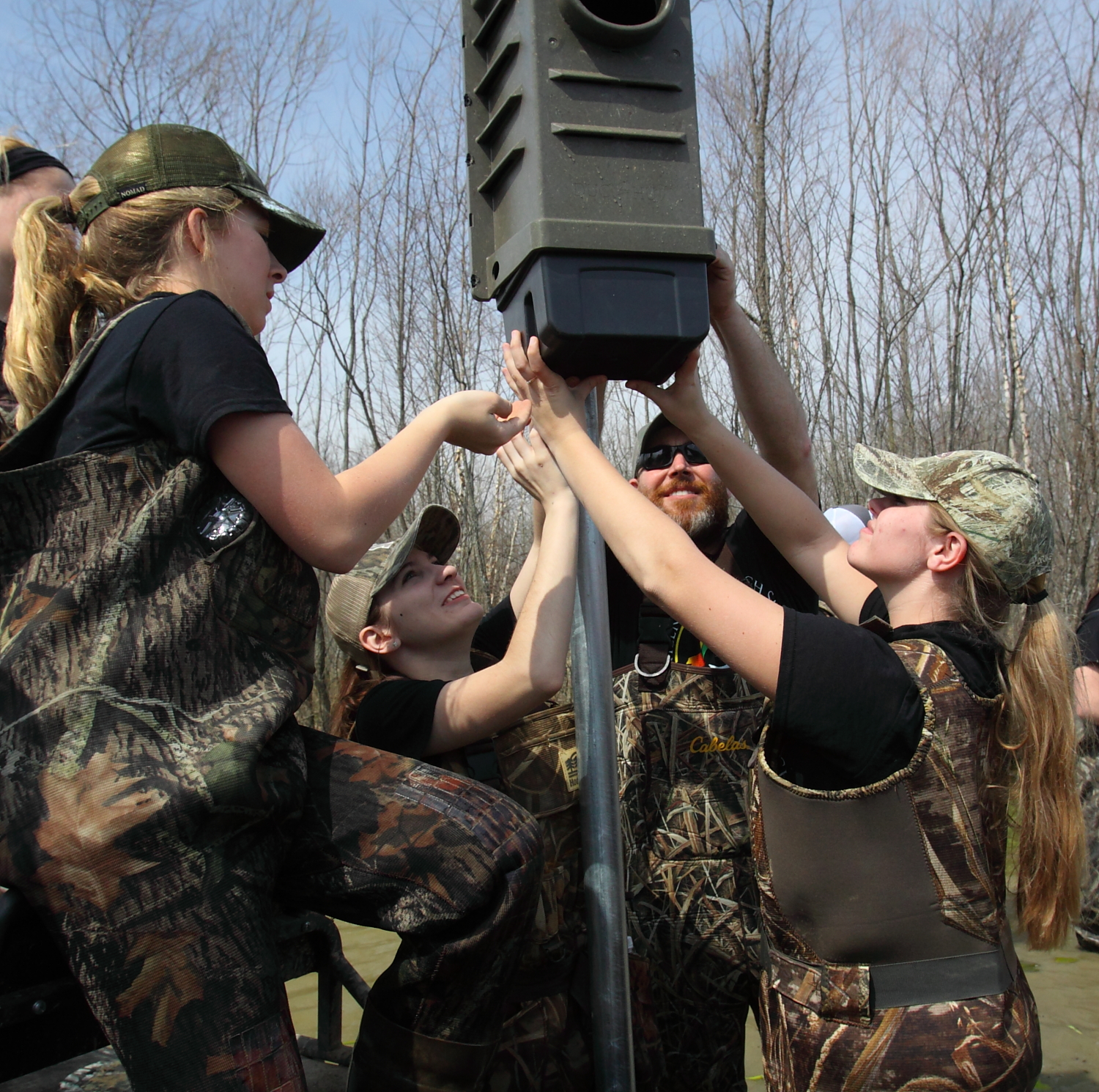
The goal of this project is to pinpoint which locations are best for the Wood Duck boxes, what box styles and designs are the most effective, and the rate of nesting in the boxes. Scott has found that using his Browning Trail Cameras to watch the boxes gives them actual data to use, rather than just going back in a few months to see if there’s any eggs. The project also allows them to spend time with the students, teaching them about using trail cameras as a game management tool to get data and to see how successful the projects are.
Scott has been using trail cameras on this conservation project for the past 15 years, but has been using Browning Trail Cameras exclusively for the past 4 years, for several reasons: the durability, versatility and the camera features. Naturally, the locations of the Wood Duck boxes and trail cameras are very wet (swamp areas, flood timber, etc.) but Scott shares that his Browning Trail Cameras have been very maintenance free and has had very little issues with fog and moisture, which is a common problem with any trail camera in these types of locations.
This year Scott started using the new Browning Strike Force HD Pro, which features an incredible .3 second trigger speed, a 1.5” color viewing screen and an adjustable mount, all of which have been a tremendous asset on this project. Scott shares: “I selected the Strike Force HD Pro based on the fact that we’ve had tremendous success over the past 4 years with the Browning Strike Force, and now that it has the viewfinder and the bracket it makes it so much easier to set up the cameras and pinpoint the exact area that you’re wanting to center your frame on from the start.”
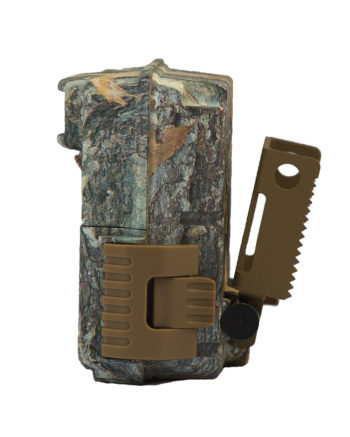
Side view of the 2017 Strike Force HD Pro
Trail Cameras are our eyes in the woods, or in this case the wetlands, when we can’t physically be there. They have been especially helpful on this project since they often go a few months before going back to check on these locations. The “Land & Wildlife Field Day” project is an excellent way to teach the next generation about using trail cameras and Wood Duck boxes as tools to help grow the Wood Duck population. While trail cameras are used most often to aid in hunting, don’t overlook how valuable they can be in collecting data for conservation efforts as well.
Kentucky Afield Magazine was there to cover the event this year. Here are a few more photos from their field day!
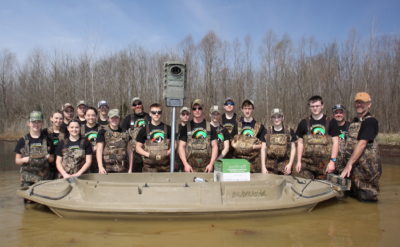
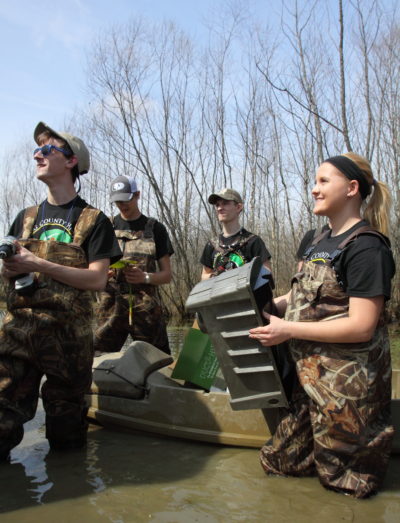
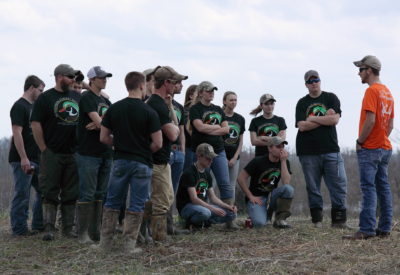

By Andrea Haas
Andrea Haas is a Pro-Staffer from Missouri who enjoys hunting deer, turkeys, and upland birds. She is also the founder of the Huntress View, an organization formed to help strengthen the ever growing community of women hunters.
4 Reasons to Start Hunting in 2017
January 29th, 2017 by BTC Editor
When making your list of New Years resolutions for 2017, I hope plenty of you have added “hunting” to the list of things you’d like to check off this year. Whether it turns into a life-long passion or something you decide may not be for you, I’m sure either way you will walk away a better person from the experience. Here are 4 positive things you can expect to happen from giving hunting a try.
Healthier Lifestyle

You may not necessarily feel that you alone can help contribute to this, but check out this statistic: According to the National Shooting Sports Foundation (NSSF), hunting has generated 600,000 jobs in the United States. That’s a HUGE number. And just think, the more you and others hunt, the more purchases you will make within the hunting industry that will help that number continue to grow!
Conservation
If there is one thing that hunters and non-hunters can agree on, I feel it’s the fact that we all want to ensure that nature and wild animals will be around for future generations to enjoy. You can help contribute to that through hunting. Check out these excerpts from the NSSF Hunter’s Pocket Fact Card about how hunters contribute to conservation:
“License Revenues fund nearly half the budget, on average, for state fish and wildlife agencies. The money supports wildlife management and restoration programs, habitat improvement and general conservation efforts.”
“Excise Taxes on sporting equipment (such as firearms, ammunition and fishing tackle) provide more than one-fifth the revenue for state fish and wildlife agencies. The funds are used to acquire, maintain and improve wildlife habitat and to make the nation’s lands and waters more accessible and enjoyable to all its citizens, sportsmen and non-sportsmen alike.”
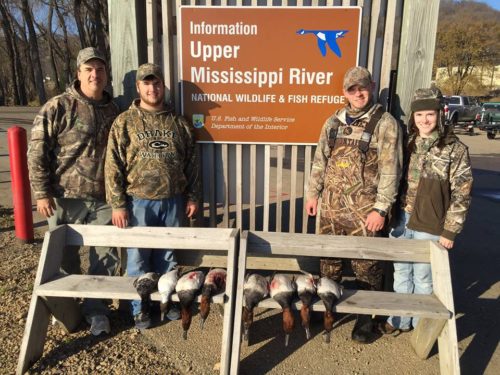
Allison Stegmann, Huntress View team member
“Hunters and anglers provide more than 75% of the annual funds of the 50 state conservation agencies. Sportsmen are clearly the largest contributors to conservation, paying for programs that benefit all Americans and all wildlife.”
Character Building
I have been hunting for years now, but I still remember how I felt after my very first whitetail hunt and what I learned from it. I remember climbing up in the tree and seeing 3 does walk underneath my treestand. At the time I didn’t want to shoot anything, I just wanted to observe them, and I’m glad I did. Just watching them in their natural environment, not having a clue that anyone else was there, was quite the experience for me.
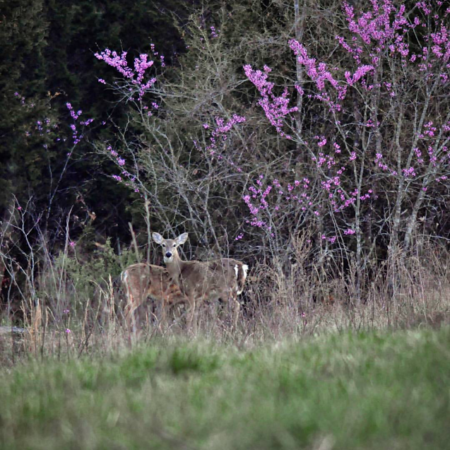
That day I learned to appreciate several things: Having land to hunt on, having the ability to get out and go hunting in the first place (which I feel a lot of people take for granted), and for life itself. While hunting can be very difficult, I realized how easily I could have taken one of those does with my rifle that day, had I wanted to, and it just made me have a new found respect for wildlife.
By Andrea Haas
Andrea Haas is a Pro-Staffer from Missouri who enjoys hunting deer, turkeys, and upland birds. She is also the founder of the Huntress View, an organization formed to help strengthen the ever growing community of women hunters.
Using Trail Cameras in Trapping
December 18th, 2016 by BTC Editor
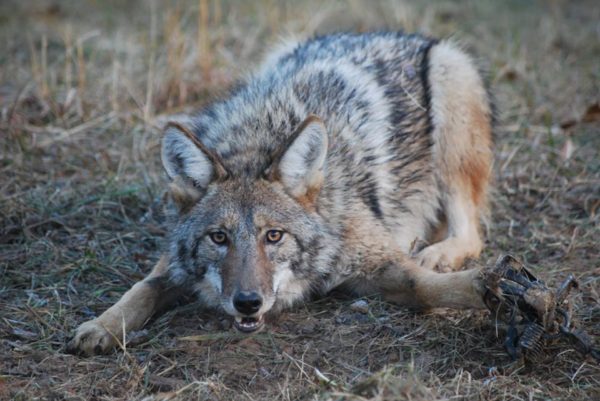
“Sometimes people wonder if animals are suffering or what exactly happens after they’re trapped. After an initial period of attempting to get away — which is why trappers run multiple swivel points and laminate the trap jaws so no paw damage occurs — the animal lies peacefully until the trapper arrives to check his traps. At that point, the trapper can decide to turn it loose or harvest it, depending on the conservation goals for the property he or she is trapping.
“Trappers are the best outdoorsmen there are,” the game warden replied when I told him I trapped. It was a routine license check while deer hunting, and once that formality was out of the way we began chatting. I don’t know if I fit into THAT category, but I certainly strive to learn all I can from those who’ve gone before me. Trappers settled this country, and their skillset often determined living or dying in those days. It’s a time-honored tradition where not much has changed: the methods, the techniques and even the equipment could easily be interchanged with those who came before us more than 200 years ago.
But there’s been one concession to modern, cutting-edge technology that has advanced the trapper’s knowledge more than any other single item: the trail camera. For years, we trappers have studied the tracks left behind of an animal at our sets, trying to figure out why he stepped here and not there. Snow is like a God-send to the trapper, and we’ll get out and follow a set of tracks for miles just to study the species we love to go after. What caused him to stray from the path he was walking there, and what attracted his attention enough to cause him to deviate from his destination?
Staggs first recorded this nice bobcat visiting his set four days before the second time it made an appearance; another added benefit of using trail cameras while ‘cat trapping is helping to pattern them, as big males will often make a 5-day loop around their territory.
With the technical advances in trail cameras over the past decade or so, a treasure-trove of information is now readily available to the average person, and chief among those questions that get asked more than any other: How does animal XYZ work a set? Tracks give clues, but there’s nothing like actually WATCHING a bobcat tip-toe gingerly through your walk-through set… or a coyote approach your dirt-hole set from the side, because he didn’t know that the “front” of your set was the front.

Pictures are great, but video mode and the information it captures is priceless. Invisible night-vision infrared LED illumination is a must when capturing predators on video like this; if they see a red glow light up the area, they’re gone … and unlikely to return. Give it a try sometime if you’re a trapper, and see how much your knowledge base is increased. Or, even if you’re not a trapper, you may enjoy expanding your horizons beyond merely trying to capture deer on camera. The next time you’re in a Bass Pro or Cabela’s, or even an old hardware store that may have a trapping section, pick up a bottle of gland lure. Dip a bit out with a Q-tip and place it under a fallen limb on the forest floor. You may be amazed to see the number of predators you get video of which you had no idea were around.
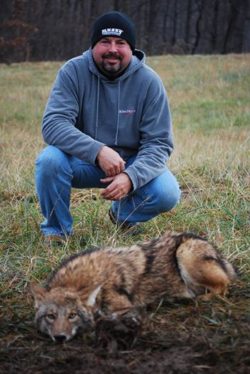
Greg Staggs is the former back-page columnist for Inside Archery, and his writing regularly appears in such magazines as Outdoor Life and Petersen’s Bowhunting. Staggs loves introducing his two boys to all things outdoors, including fishing, trapping, canoeing and camping, and has been chasing turkeys and big game exclusively with archery equipment for over 20 years.
D.E.E.R. Project
October 9th, 2016 by BTC Editor
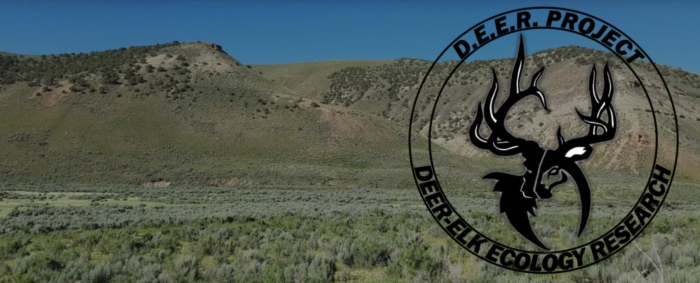
D.E.E.R. Project
By Matthew Hayes
Mule deer have a complex history throughout the western United States. In the days of the early settlers and pioneers, mule deer were relatively scarce; many trappers and explorers reported only occasional sightings of mule deer whereas other big game species were regularly observed. At the beginning of the 20th century, mule deer populations had been drastically reduced in number due largely to overharvest, market hunting, and overgrazing. Protections were put in place in the early to mid-1900s, eventually leading to ideas such as the North American Model of Wildlife Conservation, which was followed by a dramatic increase in mule deer populations. Mule deer populations peaked between the 1940s to the early 1960s throughout the western US.
Fast forward a few decades to the present day. With a lens to examine population fluctuations over the past 40+ years, a clear pattern has emerged. Populations, at least in Wyoming, appear to go through cyclical periods of increase followed by sharp declines. In reviewing literature and historical documents, concerns about mule deer populations tend to follow huge decreases in populations and when they subsequently rise, research and management become less important. Another point that seems clear in Wyoming is that although we have this see-saw in population numbers, there is a general declining trend since at least the 1970s. On average, Wyoming has seen a roughly 20% reduction in mule deer populations.
The population swings, and general decline, of mule deer since the 1970s has been difficult to understand. A variety of factors have been proposed to explain these declines, including: overharvest, harsh winters, habitat, drought, predation, disease and burgeoning elk populations. Managers have long noted that many areas that mule deer inhabit face different pressures and that populations are likely being driven by a variety of factors. All factors are not influencing populations in each portion of their range. This complication has meant that gaining a more complete understanding of reasons for fluctuations or stagnant growth in population numbers has been elusive. Without a solid understanding of the why and how associated with population fluctuations, it is incredibly difficult for targeted management to be beneficial.
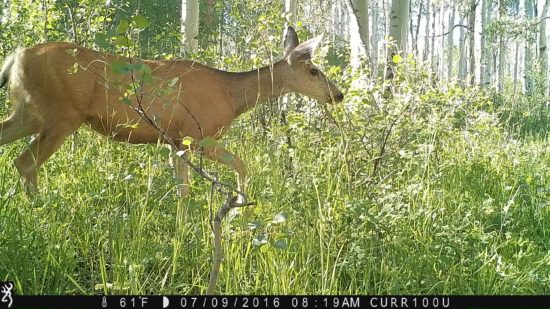
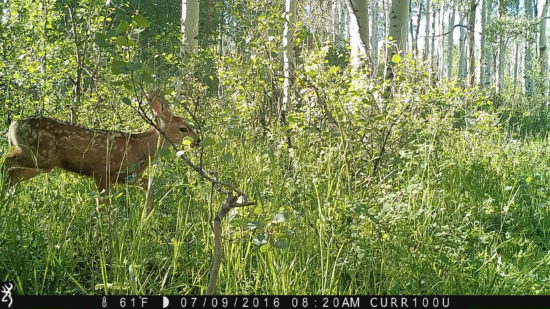
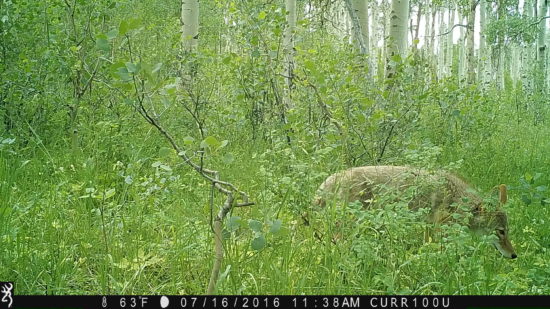
Researchers and managers have made great strides to better understand mule deer ecology and factors relating to their survival and reproduction. In the early 2000’s Global Positioning Systems (GPS) became small enough to fit onto a collar sized for ungulates. Since then, studies have been conducted examining migration and use of the landscape in summer and winter. The effects of drought and shifting precipitation regimes have been investigated as well as determining when, where and how animals are dying. Wyoming has been at the forefront of this research and has helped to better understand the ecology and management of mule deer. A key ecological process that has remained poorly understood are the interactions between mule deer and elk (though some work has been done at the Starkey Experimental Forest).

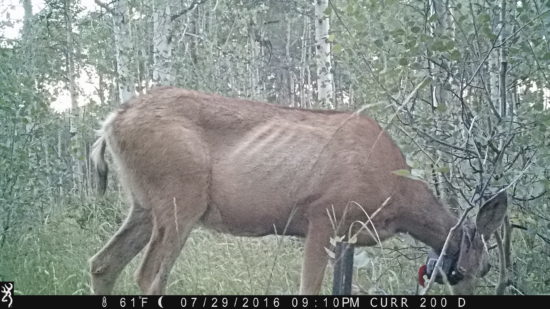
Mule Deer with GPS tracking collar.
Both mule deer and elk are highly cherished big game species. Wyoming and her residents rely on these animals for hunting, tourism and as a part of our cultural heritage. Nevertheless, at the same time those mule deer populations have generally declined, elk populations have increased dramatically across the same geographical range. Managers and researchers have long wondered if mule deer and elk could be competing for space and resources but, until recently, the ability to study these interactions was almost impossible. Potential for interactions between these 2, highly valued species to affect one another’s abundance has been a bit of a conundrum for decades, probably given the challenges associated with addressing such a complex question. The Deer-Elk Ecology Research Project (DEER) was ultimately incepted out the need to unravel the head-scratching complexities of poor performing mule deer populations, while a similar big game animal continues to grow in the same country.
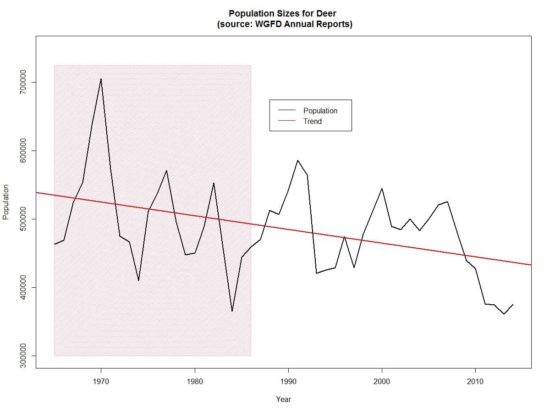
Population sizes for Deer

Population sizes for Elk
The DEER Project, located in the Greater Little Mountain Area of southwestern Wyoming, aims to increase our understanding of both mule deer and elk. This project is examining parturition timing and location of mule deer, mortality and recruitment of fawns, nutritional condition of adult female mule deer, summer diet overlap between elk and mule deer, space use, recruitment of male mule deer, survival, migration, and dispersal. We also are implicitly examining winter severity, habitat use, precipitation patterns, predation and disease. One of the greatest strengths of this work is the rigorous monitoring of both mule deer and elk in the same system. Many studies prior have examined one species or the other with inference to supposed interactions, but the DEER project will be able to analyze these interactions at a much finer scale. Another added benefit of this project is that it occurs in a high-desert system—an ecosystem ubiquitous throughout Wyoming but less studied compared to high-elevation systems. Far from being a one-off or unique system, the results from this work will be applicable to mule deer and elk throughout their shared range.


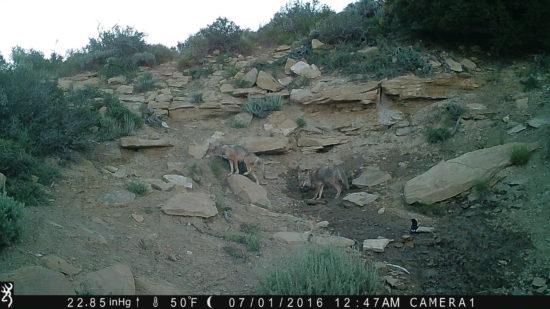
Future articles will focus on updates from the DEER project. You can follow along with the project, donate and subscribe for updates at www.deerproject.org.
The Western Association of Fish and Wildlife Agencies (WAFWA) has explored the issue of mule deer decline in depth and has published a very approachable book on the topic; you can check out the website at www.wafwa.org and navigate to the Mule Deer Working Group for more information.


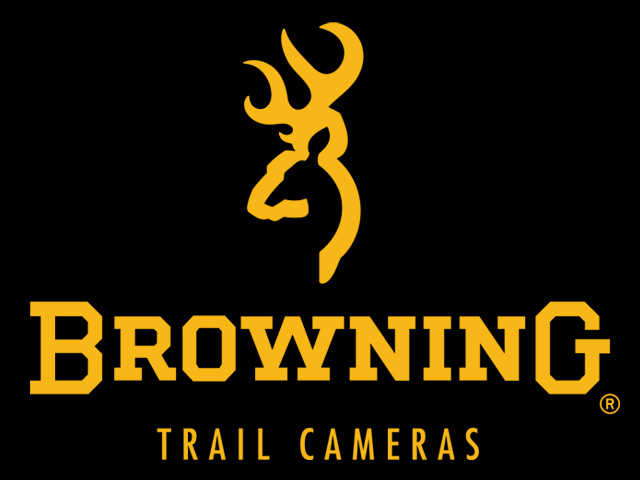
FOR MORE INFORMATION: 
UNIVERSITY OF WYOMING
Kevin Monteith 307-766-2322 kevin.monteith@uwyo.edu
Matthew Hayes 307-766-5417 mhayes1@uwyo.edu
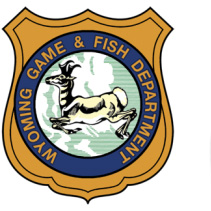
WYOMING GAME & FISH DEPARTMENT
Patrick Burke 307-875-3223 patrick.burke@wyo.gov
Mark Zornes 307-875-3223 mark.zornes@wyo.gov
Kevin Spence 307-875-3223 kevin.spence@wyo.gov
